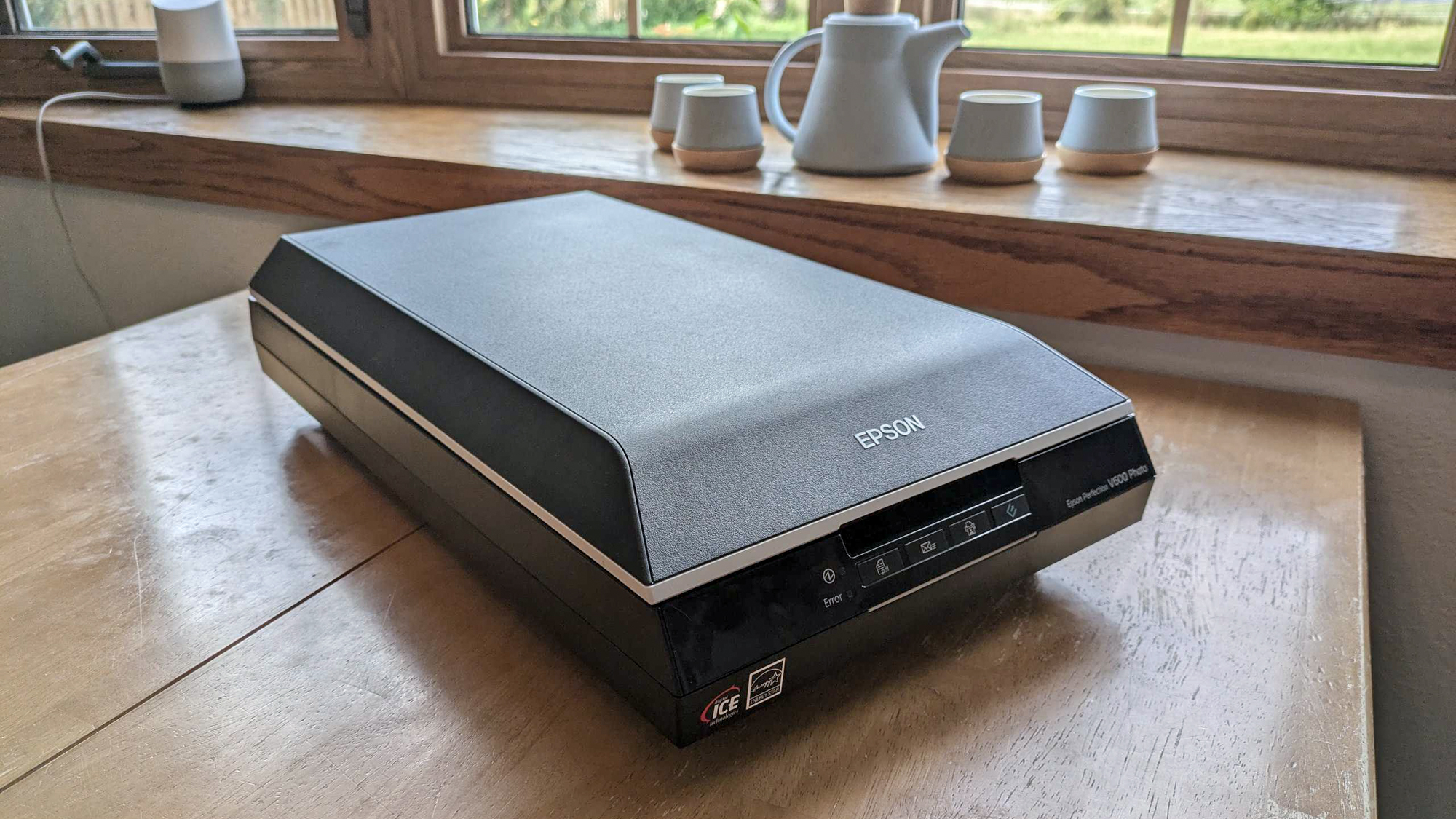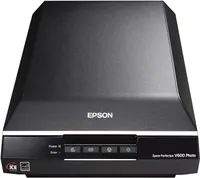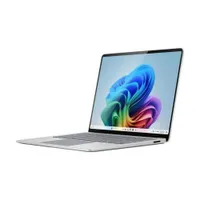I digitized over 1,800 family photos with this photo scanner — and it's an absolute workhorse
The Epson Perfection V600 is easy to use regardless of your photo editing experience

I recently took on a project I've been putting off for more than a year now: digitizing my family's photos. This was no small task (precisely why I kept procrastinating it) for two reasons. First, our sprawling collection of photos spans decades and fills up about a dozen dusty albums, including several of those godawful ones from the '70s and '80s with the adhesive backing that, despite practically disintegrating with age, still manages to keep a death grip on each photo.
Second, I knew next to nothing about photo scanners when I started this project, and my experience with photo editing in general isn't much better. I needed something that could not only scan a variety of sizes and formats but also had a simple enough UI that someone without years behind a camera could understand.
After a lot of crawling through reviews and a mishap with a cheap top-load scanner (more on that in a bit), I decided on the Epson Perfection V600 photo scanner to get the job done. But what really sold me on it was the software. Not the one it came with, mind you, as the Epson Scan program out of the box is pretty bare bones. Instead, through some Reddit sleuthing, I found a more robust program called SilverFast that streamlined the process wonderfully. And best of all, it's free.
All told, I scanned about 1,800 photos — from Polaroids to disc film and 35mm in just about every size they've ever made film in — over the course of a month. While I wouldn't call it "easy" by any means, it was significantly less painful than it could have been. Minus the part where I was painstakingly extracting photos that are older than me out of those aforementioned albums from hell. (Pro tip: Some dental floss does the trick surprisingly well!)
Epson Perfection V600 photo scanner: $349 @ Amazon
The Epson Perfection V600 is one of the fastest and easiest way to get seriously high-quality film scans at home. It can scan documents and photos up to a maximum resolution of 6400 x 9600 dpi, comes with two sets of film holders for scanning negatives, and its LED ReadyScan technology means there's no warming up between each batch of photos.
You get what you pay for
Before I pulled the trigger on the Epson Perfection V600, I first tested out a top-loading photo scanner. That's the kind that uses an automatic document feeder instead of having you manually place photos on a flatbed scanner's glass. My sister-in-law used a similar model to digitize her family photos with zero issue, and I figured, for about $150, it was worth a shot.
Microsoft Surface Laptop Copilot+ PC: After you scan your photos, get this Copilot+ enhanced laptop to make editing a breeze. It's powered by the Snapdragon X Plus processor, so you'll erase the red eye from old pictures in a fraction of the time.
I ran into a serious issue pretty quickly though. After testing out a few photos, I noticed the scanner was leaving marks on them after they were fed through. Tiny indentations and scratches that, after reading some other customer reviews, I learned was likely because some grime from the photos had accumulated on the scanner's rollers.
I tried cleaning the machine with an air compressor as well as wiping off each photo a microfiber cloth before feeding it into the scanner, but when it came to the older ones, the sticky residue on the back left over from the albums was all but impossible to remove without damaging it. So I resigned myself to the fact that I'd need to splurge on a flatbed scanner instead.
Get instant access to breaking news, the hottest reviews, great deals and helpful tips.
High quality photo scans at home
I settled on the Epson Perfection V600 after reading a few Reddit posts of folks with similar projects as mine. A few of those same posts also recommended SilverFast over the Epson Scan software the V600 comes with out of the box. You can download that alternative software for free from SilverFast's website by entering the hardware serial number found on the back of your machine.
And y'all, this thing is an absolute workhorse. The V600 packs a high-quality CCD sensor and can scan documents and photos up to a maximum resolution of 6400 x 9600 dpi. That would have been gibberish to me before starting this project, so here's the TL:DR of what I've learned: DPI stands for dots per inch, and the higher the dot density, the higher the scan's resolution will be. For high quality scans, you'll want to aim for the 1,200 dpi range or above.
The V600 also packs an infrared dust removal that, while not flawless, still managed to catch a lot of imperfections. I could notice the difference in side-by-side comparisons of photos scanned with the Digital ICE enabled and without it.
The V600 is super speedy too, as its LED ReadyScan technology means it doesn't have to warm up to process each batch of photos. Typically the trade-off is that the higher the dpi, the longer it'll take for your machine to scan each photo. But this thing can churn out a 300 dpi color scan in just 16 seconds or a 600 dpi monochrome scan in just 6 seconds.
The V600 can scan normal documents, photos, and so forth. as well as negatives using supplied plastic inserts for holding film. It comes with two sets of film holders, one for 35mm film strips or slides, and another for medium format film. For all but the largest photos in our collection, I could fit between four and six images in each batch of scans.
As for the scanning process itself, SilverFast has a ton of different photo editing options that I won't go into because I leaned almost entirely on their WorkFlow Pilot. This step-by-step assistant automatically pulls up what tools you need based on pre-sets like "simple scan" or "extensive editing," and then tailors post-processing depending on which options you select for color-correcting, USM, and so on.
As the name Pilot would suggest, it's all set up with this cute little plane motif that makes the entire process easy to follow. You just hit "Take Off," click through each tool to set your desired pre-sets, click "Landing," and you're done.
With user-friendly software that can become impressively advanced if you need more control, the V600 scanner delivers sharp and color-balanced images while still making it easy for anyone to start scanning without having to worry about a steep learning curve.
More from Tom's Guide
- I review printers for a living — here are 3 things to know to buy the perfect printer
- Obsbot Meet 4K Webcam review: I’m obsessed with this 4K webcam’s magnetic attachment clip
- The best website builders for photographers

Alyse Stanley is a news editor at Tom’s Guide, overseeing weekend coverage and writing about the latest in tech, gaming, and entertainment. Before Tom’s Guide, Alyse worked as an editor for the Washington Post’s sunsetted video game section, Launcher. She previously led Gizmodo’s weekend news desk and has written game reviews and features for outlets like Polygon, Unwinnable, and Rock, Paper, Shotgun. She’s a big fan of horror movies, cartoons, and roller skating. She's also a puzzle fan and can often be found contributing to the NYT Connections coverage on Tom's Guide


